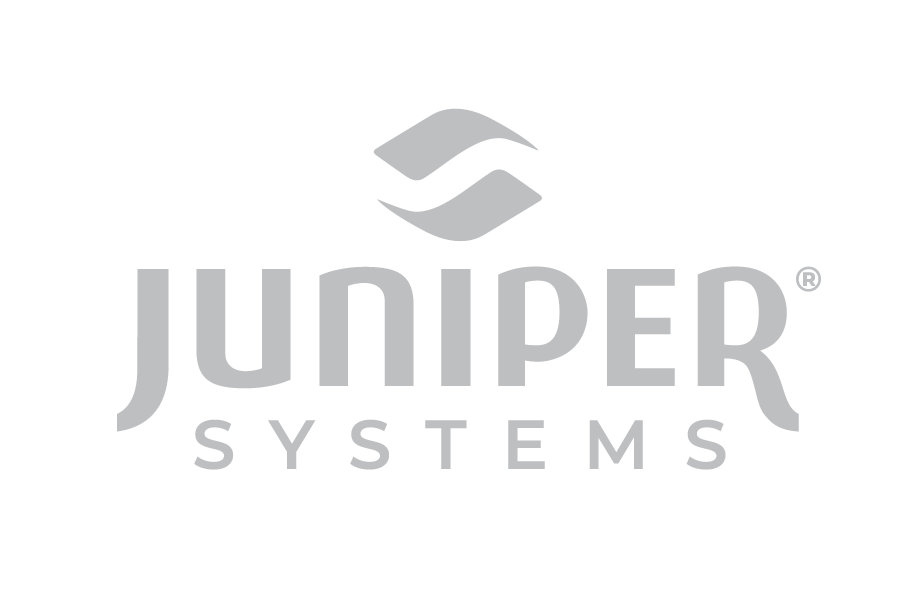Understanding what is possible with GPS is key to achieving the full potential of the job at hand. This knowledge can be broken down to be easily digestible and sharable. In this article, we will explore frequently asked questions for GPS and GNSS.
The basics of GPS and GNSS explained:
The acronym “GPS” stands for Global Positioning System. This system is a constellation of 24 or more satellites that orbit the Earth. These satellites provide information that allows them to be used for accurate position, navigation, and timing applications. Originally, GPS was called “NAVSTAR”, which stands for Navigation Satellite Timing and Ranging. NAVSTAR was developed by the U.S. Department of Defense to provide accurate navigation and guidance for worldwide military operations.
This was the first worldwide real-time autonomous positioning system that became fully operational in 1995. GPS is the first of several Global Navigation Satellite Systems, more commonly known as GNSS. GNSS is a more recent generic term to refer to one or many of the Global Navigation systems available today. The GNSS systems that are currently available in their countries of origin GPS – US, GALILEO – Europe, GLONASS – Russia, and BEIDOU (Compass) – China. There are also Regional Navigation Satellite Systems, such as QZSS (Japan) and IRNSS (India).
GPS/GNSS accuracy claims and making comparisons:
There are a variety of GPS accuracy options available for consumers and professionals today. One of the challenges users face can be comparing various product claims of performance. There are a number of statistical measures of accuracy, or “nearness to true” that are commonly used in the GNSS industry, and this can cause confusion. The most common standards for defining GPS performance include Circular Error Probable (CEP), Root Mean Square (RMS), Two times the distance of RMS (2DRMS), and Radius 95% (R95). Each of these statistical measures has different levels of accuracy or confidence. For example, the statistical probability or confidence for CEP is 50%, RMS is 63-68%, 2DRMS is 95-98%, and R95 is 95% accuracy.
|
Term |
Definition |
Accuracy / Probability / Confidence |
|---|---|---|
|
CEP |
Circular Error Probable |
50% |
|
RMS |
Root Mean Square |
63–68% |
|
2DRMS |
Two times the distance of RMS |
95–98% |
|
R95 |
Radius 95% |
95% |
To put this into perspective, if the specifications for the GPS receiver state a horizontal distance accuracy of 2 meters CEP, this means that during testing the locations coordinates of data points collected with the receiver were found to be within a 2 meters radius 50% of the time. That means that in any sample of data, 50% would also be greater than the stated accuracy of 2 meters. If we convert the CEP value to 2DRMS, then the accuracy would be closer to 4.16 meters.
The stated accuracy of a GNSS (GPS) receiver is in relative terms. It is important to understand the test criteria of the stated accuracy for each receiver. When comparing the accuracy of different receivers from different manufacturers to each other, especially those that state to provide higher accuracy such as sub-meter or better. It is also beneficial to consider performing your own testing with each receiver you are considering for purchase. Testing the receiver in your own applicable operating conditions will give you a good idea of what to expect from the device in the environments it will be used in.
From here, we will refer to GNSS receivers as GPS or GPS receiver, but it is important to recognize that GPS refers to only one of several positioning technologies that are present in most receivers today. For more information about GPS accuracy, click here.
How to improve and get the most out of a GPS:
To achieve the highest accuracy with a GPS device it is important to be aware of how accuracy can be affected. There are several reasons for the accuracy of your data to vary. These reasons include but are not limited to the following:
- Atmospheric (mainly ionospheric) signal interference
- Number and angle of supported constellation satellites in view
- Signal “Multi-path” propagation/reflection
- Differential correction sources used (such as SBAS)
- Connected antenna location and configuration
To get the most out of your GPS, our in-house expert John Florio, recommends thinking of your GPS data collection tools as a system; each component has a part in delivering the desired accuracy. Using appropriate supporting equipment can assist in achieving better accuracy. Using a survey pole or GPS rover rod you can get consistent antenna height when capturing elevation data. This supporting equipment makes it easier to consistently position the receiver where you want to take points. The pole helps place the device at a higher location to avoid obstacles and clear the GPS receiver of your body.

Click here to get expert advice from John Florio on best practices for better GPS accuracy in the field.
The advantages of GPS
What are the advantages of GPS and why should you care? When it comes to the Global Positioning System, you will want to look for accuracy, reliability, durability in the work environment (ruggedness), and ease of use. Let’s discuss how each of these elements can give you an advantage over the competition.
The advantage of GPS accuracy
Whether you are in construction, landscape irrigation, or land surveying GPS accuracy can save you time and money. When it comes to irrigation or water resource construction, you most likely need accuracy at the decimeter or four inches level for water mains and valves. If you are in construction landscaping or material management then you might need to identify large assets and require less accuracy. If you are recording natural resources or environmental science data, your data requirements may be sub-meter accurate. If you are performing land surveying, such as boundary surveys, you would likely need the highest level of accuracy or centimeter-level performance.

Understanding the need and expectations for the work you do is key to finding the advantages of GPS accuracy. The standard you use to determine accuracy is how you determine which GPS receiver is right for you. GPS accuracy gives you confidence that the mapping data you are collecting will be effective in achieving the task at hand. You will be able to pinpoint locations within a specific distance depending on what type of GPS you have. With accurate GPS data you have the advantage of providing your customers and employees with reliable data and maps to get the job done efficiently and effectively.
How GPS ruggedness is a benefit
Depending on the work environment, the level of ruggedness your GPS receiver or Geographic Information System (GIS) solution can determine the longevity of your investment. Having a field-ready GIS solution backed with world-class support is a benefit that can’t be ignored. Determining whether or not the device you are looking at is rugged depends on a few factors. These factors include, but are not limited to: operating temperature, storage temperature, drop testing, and enclosure rating.
A rugged GPS receiver means that you don’t have to worry about the environments you find yourself in. For example, the Geode Sub-meter GPS receiver can work in operating temperatures of -20 °C to +60 °C and be stored between the temperatures of -30 °C to +60 °C. The Geode also meets or exceeds the drop, vibration, temperature, and IEC-60529 tests.

Why the ease of use for your GPS device brings superiority
Since time is money, we recommend getting a GPS receiver that can easily receive, share, and store information captured in the field. A quality receiver system includes a precision antenna that is capable of providing the very best signal reception for the receiver. The receivers are tested by manufacturers to ensure the hardware and software included are capable of delivering the performance stated. The receivers are constructed of materials that make them suitable for working in the intended environment. Ultimately, making it so your experience is hassle-free to achieve superiority.
With the Geode Sub-Meter GPS Receiver and Mesa Rugged Tablet, you can efficiently and effectively train your team to be in the field and ready to go in no time at all. Users will be able to sync data to high-speed data networks and wireless communication systems quickly. This is done with the Mesa Rugged Tablet and its cellular connectivity. Making it so you can eliminate any wasteful time trying to share data between users. The big benefit is that field operators can focus on their job, capturing data that is of value, with speed to increase productivity.

To learn more about how the Geode can give you a competitive advantage, click here. For more information about the Mesa Rugged Tablet, click here.
If you have any other questions related to GPS receivers, then feel free to contact us here for more expertise on these topics.

